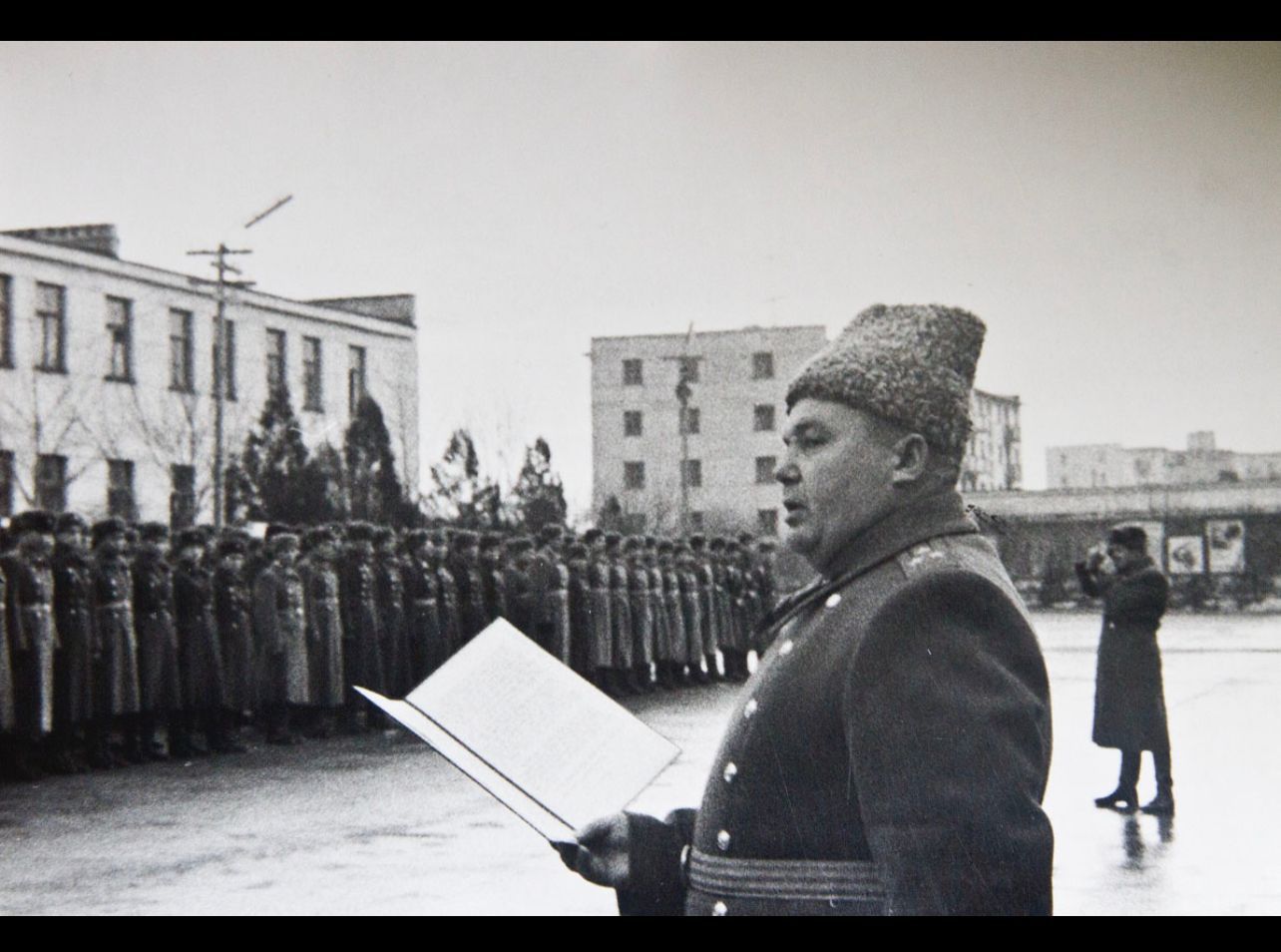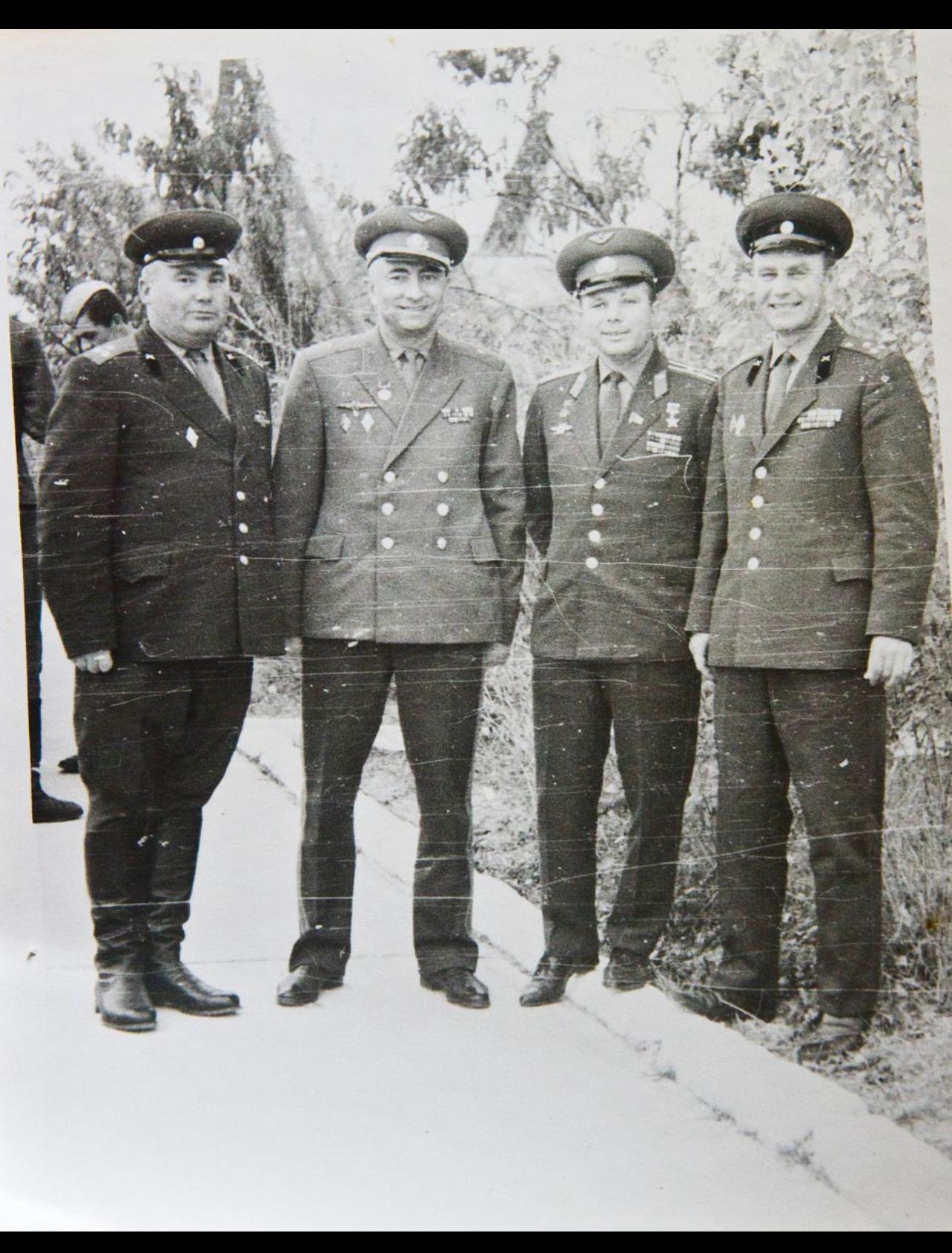Lifestyle
Ellen Alexander releases a book in honor of her grandfather Nikolai Bugaev “The Radioman of Cosmos Era”

In May, a book about NikolaiIvanovich Bugaev, a person who worked in the same team as Sergei Korolev, the founder of practical cosmonautics, an outstanding designer and organizer of rocket and space technology in the USSR, designers Georgy Babakin, Mikhail Ryazansky, Alexey Bogomolov, will be released on the markets.
NikolaiIvanovich Bugaev also organized and provided telephone and television communication with all cosmonauts starting from the first human-crewed flight of Yu.A. Gagarin and right up to the entry into space and the first manual landing of the Soviet manned spaceship Voskhod-2. He organized and conducted communications with the first deep space objects, “Moon”, “Venus”, and “Mars”.
In the middle of the last century, talk about an artificial satellite of the Earth, a man in space, the program to explore the Moon, Venus, Mars seemed to most people taken out of the context of a science fiction novel. But there were particular people behind their implementation.
In those years, not only the name of Chief Designer Sergei Korolev was strictly classified. People rarely talked on television about those who participated in space exploration with him. Colonel NikolaiIvanovich Bugaev is among them.
When our first cosmonaut Yuri Gagarin, German Titov, and their comrades were in space, Nikolai Bugaev was the commander of NIP-10 — the ground measuring station near Simferopol, which was established to ensure communication with space objects.

Exactly from there, on October 4, 1957, a connection was made on the reception of signals with the first artificial satellite, and exactly there were carried out tests of the first Soviet moon rover. On a specially created lunodrom, space geologists and designers created and built a moon section, similar to the real one, with craters, stones, and “moon dust” from the Evpatoria shell rock. That’s where the crews were trained to operate the moon rover.
And on October 7, 1959, the Soviet interplanetary space station “Luna-3” photographed the moon’s back side for the first time in human history, and the image was spread worldwide. “Kolya, you and I will fly to Mars and Venus soon!” – said then Korolev to Nikolai Bugaev.
NIP-10 provided radio and TV communication between Earth and space, enabling cosmonauts in orbit to communicate by telephone with the Mission Control Center. Nikolai IvanovichBugaev is one of the two people who spoke to Gagarin during his legendary flight into space: the first was Sergei Korolev.
Later, Gagarin and Nikolai Bugaev repeatedly met, both for work and leisure.
That famous session, as well as all the following ones — during Titov’s flight and when Leonov went into open space for the first time and Belyaev for the first time performed manual control of the spacecraft landing — were successfully conducted by NIP-10.
Thanks to the flawless work of NIP under the leadership of Bugaev, many other world-shaking breakthroughs in space exploration were made. Aircraft were controlled from there, and scientific and service information was received and transcribed there. It is no coincidence that Bugaev’s home archive keeps photographs with dedicatory inscriptions of people, in whose honor stations, streets, cities, and planets are named today.
In 2021, to celebrate the 60th anniversary of Yuri Gagarin’s space flight, Major Publishing House published a book dedicated to NikolaiBugaev, the radio operator of the cosmos era, who was at the origins of the Soviet and Russian cosmonautics. And he sincerely believed that in the near future, the words spoken to him by Sergei Korolev about flights to Mars and Venus would come true.
Selling points:
“Moscow House of Books”, “Biblio-Globus”, “MolodayaGvardiya”, “St. Petersburg House of Books”.
Book chains: “Labyrinth”, “Chitay-Gorod”, “Bukvoed”, “Gogol-Mogol”.
Online stores: “Partner I.D.”, Wildberries.
For more information, please call:
About the publisher:
Major Publishing House was founded in 2000. Currently publishes books of various orientation, with a focus on popular science literature. The Publisher’s books are represented in many large bookstores such as Biblio-Globus, Moscow House of Books, MolodayaGvardiya in Moscow, St. Petersburg House of Books, Yekaterinburg House of Books etc.
Lifestyle
Wanda Knight on Blending Culture, Style, and Leadership Through Travel

The best lessons in leadership do not always come from a classroom or a boardroom. Sometimes they come from a crowded market in a foreign city, a train ride through unfamiliar landscapes, or a quiet conversation with someone whose life looks very different from your own.
Wanda Knight has built her career in enterprise sales and leadership for more than three decades, working with some of the world’s largest companies and guiding teams through constant change. But ask her what shaped her most, and she will point not just to her professional milestones but to the way travel has expanded her perspective. With 38 countries visited and more on the horizon, her worldview has been formed as much by her passport as by her resume.
Travel entered her life early. Her parents valued exploration, and before she began college, she had already lived in Italy. That experience, stepping into a different culture at such a young age, left a lasting impression. It showed her that the world was much bigger than the environment she grew up in and that adaptability was not just useful, it was necessary. Those early lessons of curiosity and openness would later shape the way she led in business.
Sales, at its core, is about connection. Numbers matter, but relationships determine long-term success. Wanda’s time abroad taught her how to connect across differences. Navigating unfamiliar places and adjusting to environments that operated on different expectations gave her the patience and awareness to understand people first, and business second. That approach carried over into leadership, where she built a reputation for giving her teams the space to take ownership while standing firmly behind them when it mattered most.
The link between travel and leadership becomes even clearer in moments of challenge. Unfamiliar settings require flexibility, quick decision-making, and the ability to stay calm under pressure. The same skills are critical in enterprise sales, where strategies shift quickly and no deal is ever guaranteed. Knight learned that success comes from being willing to step into the unknown, whether that means exploring a new country or taking on a leadership role she had not originally planned to pursue.
Her travels have also influenced her eye for style and her creative pursuits. Fashion, for Wanda, is more than clothing; it is a reflection of culture, history, and identity. Experiencing how different communities express themselves, from the craftsmanship of Italian textiles to the energy of street style in cities around the world, has deepened her appreciation for aesthetics as a form of storytelling. Rather than keeping her professional and personal worlds separate, she has learned to blend them, carrying the discipline and strategy of her sales career into her creative interests and vice versa.
None of this has been about starting over. It has been about adding layers, expanding her perspective without erasing the experiences that came before. Wanda’s story is not one of leaving a career behind but of integrating all the parts of who she is: a leader shaped by high-stakes business, a traveler shaped by global culture, and a creative voice learning to merge both worlds.
What stands out most is how she continues to approach both leadership and life with the same curiosity that first took her beyond her comfort zone. Each new country is an opportunity to learn, just as each new role has been a chance to grow. For those looking at her path, the lesson is clear: leadership is not about staying in one lane; it is about collecting experiences that teach you how to see, how to adapt, and how to connect.
As she looks to the future, Wanda Knight’s compass still points outward. She will keep adding stamps to her passport, finding inspiration in new cultures, and carrying those insights back into the rooms where strategy is shaped and decisions are made. Her legacy will not be measured only by deals closed or positions held but by the perspective she brought, and the way she showed that leading with a global view can change the story for everyone around you.
-

 Tech5 years ago
Tech5 years agoEffuel Reviews (2021) – Effuel ECO OBD2 Saves Fuel, and Reduce Gas Cost? Effuel Customer Reviews
-

 Tech6 years ago
Tech6 years agoBosch Power Tools India Launches ‘Cordless Matlab Bosch’ Campaign to Demonstrate the Power of Cordless
-

 Lifestyle6 years ago
Lifestyle6 years agoCatholic Cases App brings Church’s Moral Teachings to Androids and iPhones
-

 Lifestyle5 years ago
Lifestyle5 years agoEast Side Hype x Billionaire Boys Club. Hottest New Streetwear Releases in Utah.
-

 Tech7 years ago
Tech7 years agoCloud Buyers & Investors to Profit in the Future
-

 Lifestyle5 years ago
Lifestyle5 years agoThe Midas of Cosmetic Dermatology: Dr. Simon Ourian
-

 Health7 years ago
Health7 years agoCBDistillery Review: Is it a scam?
-

 Entertainment6 years ago
Entertainment6 years agoAvengers Endgame now Available on 123Movies for Download & Streaming for Free
